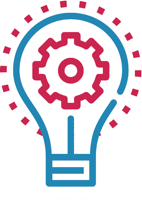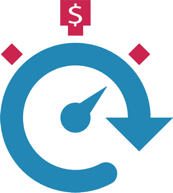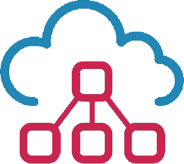
Enhance Scalability
Handle any number of users, complexity, or data volume at will.

Fast Innovation
Agile mobile and web app development without re-coding every component.

Fast time to Market
Short development cycles to keep up with the speed of your industry.

Minimize Financial Risk
Fixed costing for mobile and web app development. Lower up-front investment.

Pain Free Deployment
Error-free deployment of your mobile and web apps across cloud and on-premises environments.

Security by Design
We provide secure apps from design to deployment with the latest security features.
IoT hardware and software development
Our IoT solutions enable things to be detected or controlled remotely through the existing network infrastructure, allowing for more direct physical world integration into computer-based applications.
Cloud and AI platform development and support
Our cloud computing services are totally scalable, so if you need help organizing your business or protecting your computers from outside threats, Yosobox cloud computing is the answer.
Online Security Management and monitoring
We design secure software from the ground up and provide cyber security monitoring and penetration testing to give you peace of mind. We uncover problems before they cause you harm.



